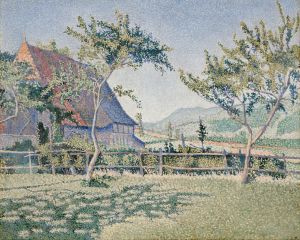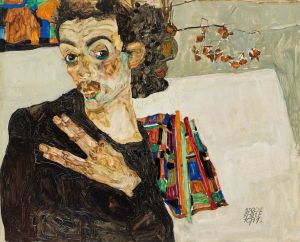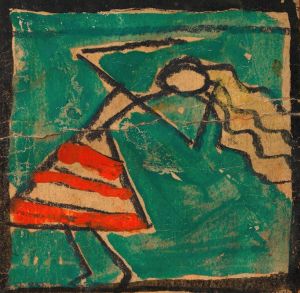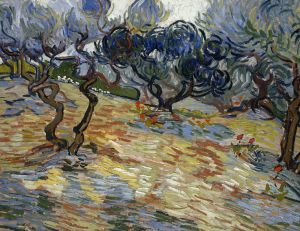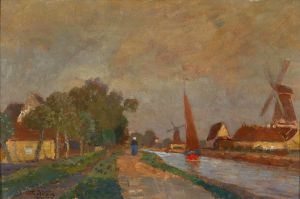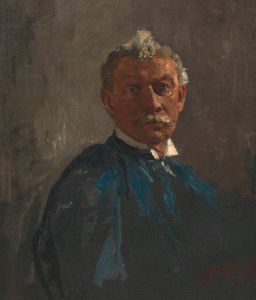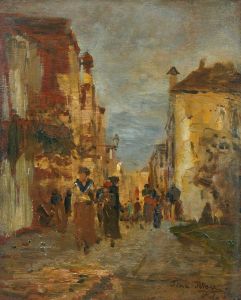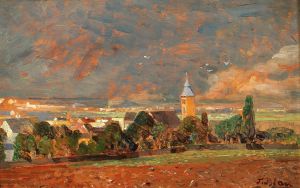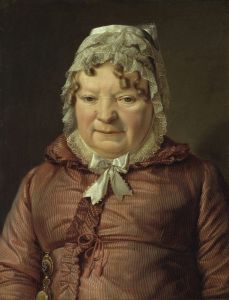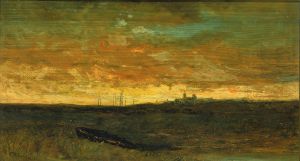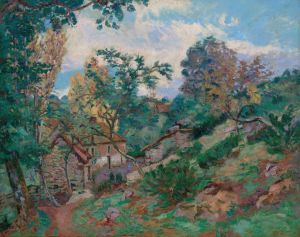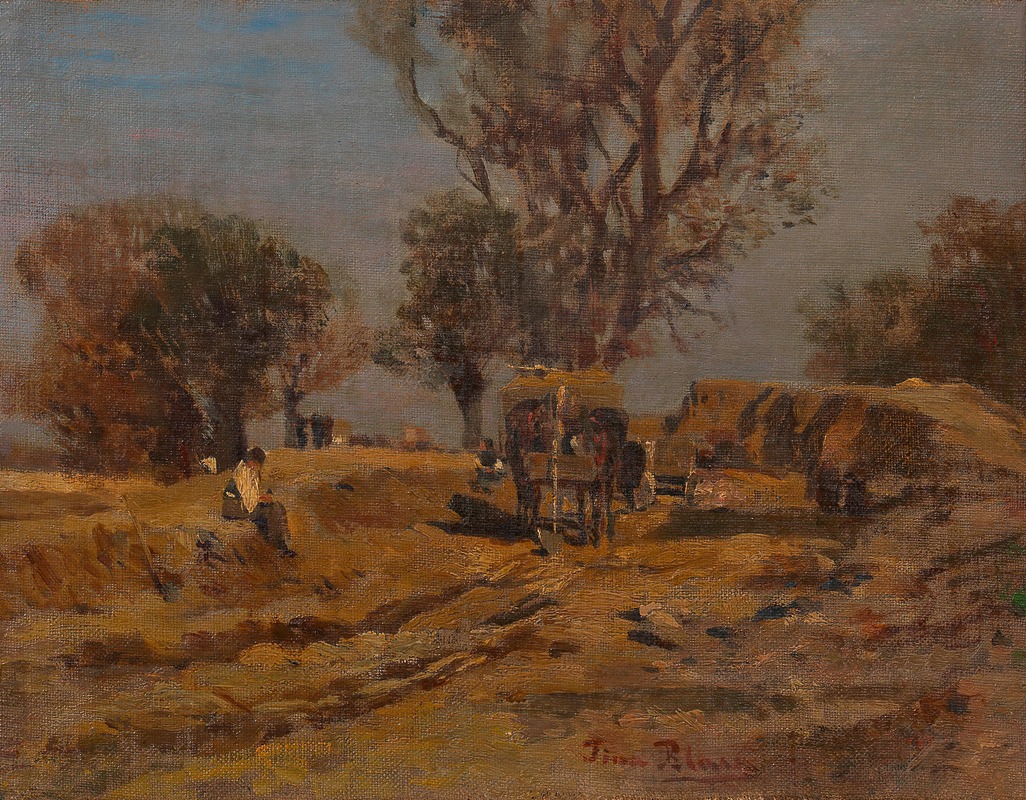
An der Donauregulierung
A hand-painted replica of Tina Blau’s masterpiece An der Donauregulierung, meticulously crafted by professional artists to capture the true essence of the original. Each piece is created with museum-quality canvas and rare mineral pigments, carefully painted by experienced artists with delicate brushstrokes and rich, layered colors to perfectly recreate the texture of the original artwork. Unlike machine-printed reproductions, this hand-painted version brings the painting to life, infused with the artist’s emotions and skill in every stroke. Whether for personal collection or home decoration, it instantly elevates the artistic atmosphere of any space.
An der Donauregulierung, translated as "On the Danube Regulation," is a painting by the Austrian artist Tina Blau, a prominent figure in the 19th-century art scene known for her landscape paintings. Tina Blau was born on November 15, 1845, in Vienna, Austria, and she became one of the leading female artists of her time, particularly noted for her plein air painting style, which involves painting outdoors to capture the natural light and atmosphere of the scene.
The painting An der Donauregulierung was created in 1873, a significant year for Vienna as it hosted the World's Fair, known as the Weltausstellung 1873 Wien. This period was marked by rapid urban development and modernization, including the regulation of the Danube River, which was a major engineering project aimed at preventing flooding and improving navigation. The regulation project involved altering the river's course and constructing embankments, which significantly changed the landscape of Vienna and its surroundings.
Tina Blau's work captures the essence of this transformative period in Vienna's history. An der Donauregulierung depicts a serene and picturesque view of the Danube River, showcasing Blau's skill in rendering natural light and her keen observation of nature. Her use of color and light reflects the influence of Impressionism, a movement that was gaining popularity in Europe during this time. Blau's ability to convey the tranquility of the river scene while subtly alluding to the human intervention in nature is a testament to her artistic prowess.
Blau was part of the Austrian landscape painting tradition, and her work often focused on capturing the beauty of the natural environment. She was one of the few women of her era to achieve recognition in the male-dominated art world, and she played a crucial role in paving the way for future generations of female artists. Her education at the Kunstschule für Frauen und Mädchen (School of Art for Women and Girls) in Vienna and her studies under the guidance of Emil Jakob Schindler, another renowned Austrian landscape painter, greatly influenced her artistic development.
Throughout her career, Tina Blau exhibited her work extensively, both in Austria and internationally. Her paintings were well-received, and she became a member of several prestigious art societies, including the Vienna Künstlerhaus and the Munich Secession. Blau's contribution to the art world was significant, not only for her artistic achievements but also for her role in challenging the gender norms of her time.
An der Donauregulierung remains an important work in Blau's oeuvre, reflecting her mastery of landscape painting and her ability to capture the interplay between nature and human activity. Today, her paintings are held in various public and private collections, and she is remembered as a pioneering figure in the history of art.
Tina Blau passed away on October 31, 1916, in Vienna, leaving behind a legacy of artistic excellence and a body of work that continues to inspire and captivate audiences. Her paintings, including An der Donauregulierung, serve as a window into the past, offering a glimpse of the natural beauty and historical context of 19th-century Vienna.





